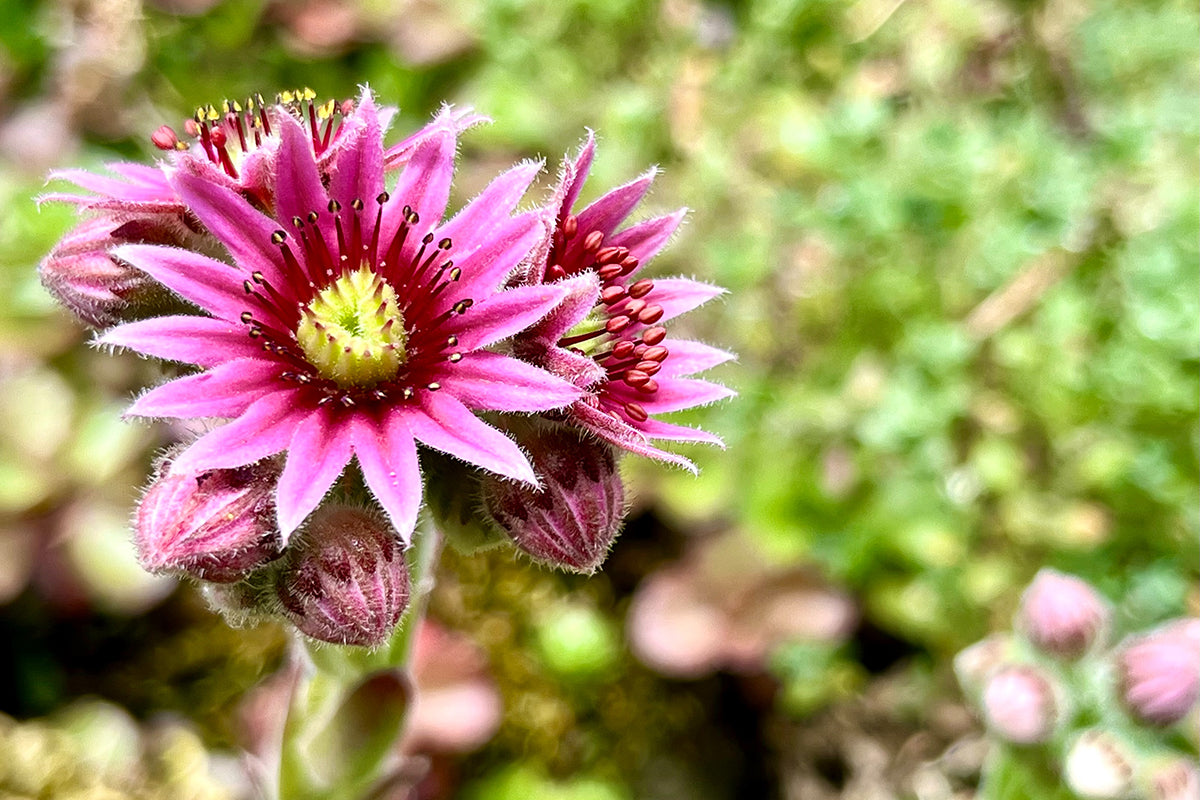Sowing biennials

Drier, hotter weather has thankfully reduced the vigour of the lawns at Genus HQ. Less cutting means we’ve been able to attend to other jobs around the garden and with several Lonicera hedges that require a trim several times a year, now was the time to remove this year’s first flush of growth. It’s not just cutting that takes the time but the clearing up afterwards. Bbut with groundsheets, rakes, and a blower we have the process down to a fine art and all was done within a few hours.
We mentioned our love of foxgloves a few weeks ago and after perusing the catalogues have ordered several varieties that caught our eye. ‘Dalmation Purple’, ‘Pam’s Choice’, The Shirley’, and the true wild form were ordered along with the perennial variety ‘Yellow Herald’. These were all sown on the surface of compost in trays and pots, and well watered. When the seedlings are big enough they’ll be pricked out individually into 9cm pots and grown-on before being planted out in the borders at the end of the year.
Our wallflower seeds have arrived too - ‘Vulcan’, Cloth of Gold’, and ‘Scarlet Bedder’ were sown in a vacant vegetable bed in shallow drills and will be transplanted into the flower borders in early 2024.
Our ‘King Tutt’ sweet peas, an ancient variety said to have been found in the tomb of Tutankhamun, have produced their first flowers. The plants aren’t incredibly vigorous, growing to only 2 feet and with no scent the jury is out as to whether we’ll grow them again.
One plant that is always a pleasure to see in flower is Sempervivum - the house leek. These cottage garden favourites are known more for their attractive succulent-style whorl of foliage but it’s often forgotten that they produce a beautiful flower that reflects the star shaped growth of the leaves. It’s not a big statement plant but get down on your hands and knees and its true beauty can really be appreciated.











